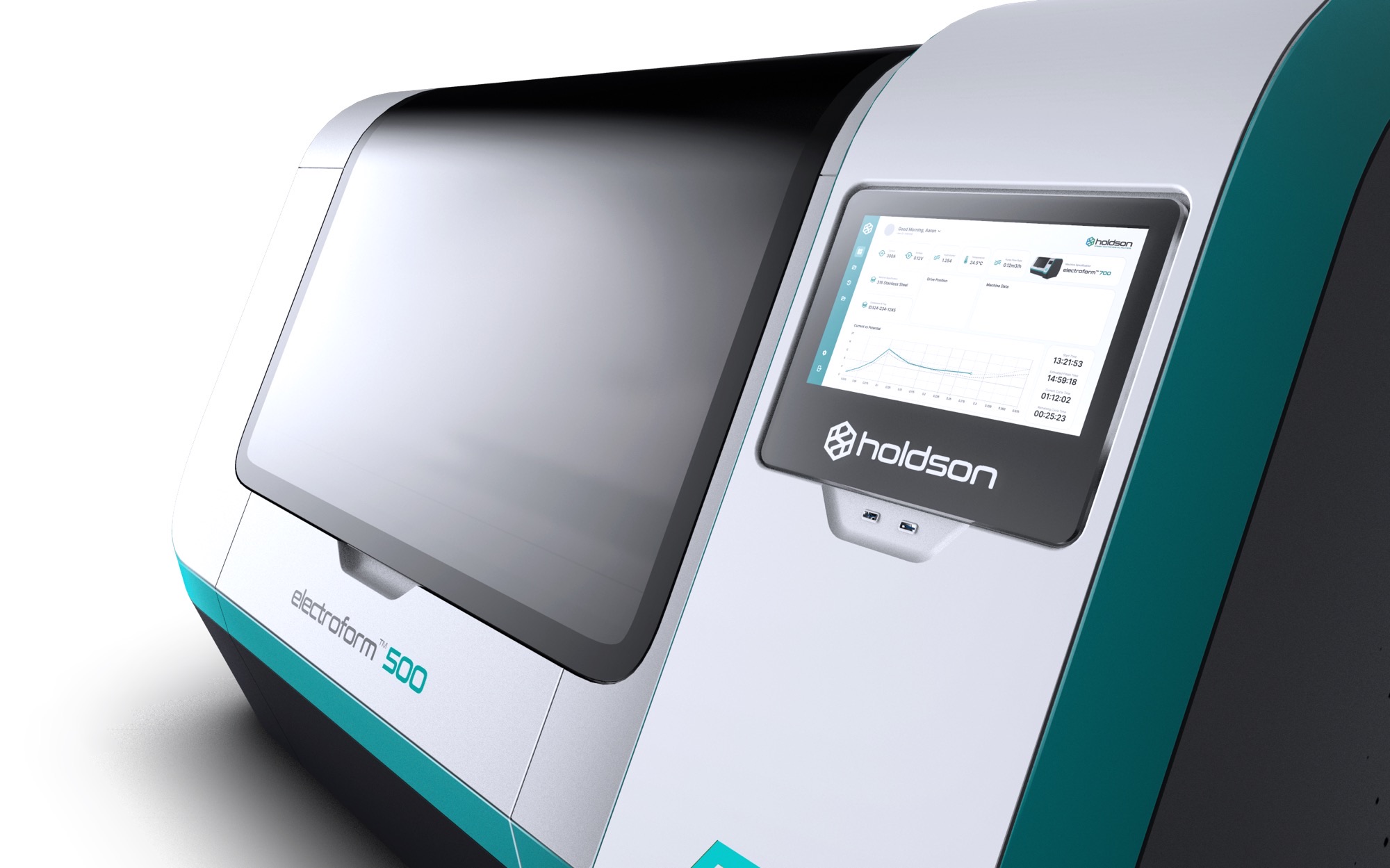Holtex: new polishing venture puts shine on APC-funded project Trident
A new business has spun out of an Advanced Propulsion Centre funded project, thanks to the learning and exposure to commercial opportunities provided by the experience.
Holtex, based in West Yorkshire, created a new start-up called Holdson, which is attracting investment and is already valued at £6 million.
It comes after an opportunity was spotted through the £20 million collaborative research and development project Trident, led by Cummins Ltd, which combines several industry and academic partners.
Trident kicked off in 2021 and aims to:
- develop a highly efficient e-machine for energy recovery
- build the UK supply chain for the next generation of heavy-duty turbochargers
- accelerate the development of hydrogen fuel cell vehicles.
Alongside IAAPS at the University of Bath and Aeristech, Holtex joined the project as an engineering partner, bringing its expertise in mechanical design and machining.
Its role was to polish and smooth the internal material of turbochargers to increase overall efficiency of engines. This is particularly important in fuel cell powertrains that have a lower exhaust energy than a typical combustion engine.
In short, the smoother the parts are, the more energy can be recovered from the system.
Rough and ready
However, as a result of the work through the project, Holtex managed to refine its multi-metal electromachining process to the point that it is faster and more economically competitive than traditional methods for smoothing cast or additively manufactured (3D-printed) components.
The success of the project has led to further contracts with automotive clients as well as multiple other sectors. It’s essentially a faster, cleaner process for metal surface improvement and, critically, it can be done at volume production line speed.

Smooth operation
Holtex found that this new technology could support a business case. Using Trident as a launch pad, the firm engaged a consultant to help to streamline the business, at the end of which the new entity Holdson was created to fully commercialise this sector.
The new business moved quickly. It applied for six patents to cover its innovation, and immediately raised £1.2m in initial investment in late 2022. Since then, it grew to eight staff within the first quarter of trading.
Because it senses big potential in multiple markets for this ‘disruptive’ technology, Holdson has hopes to grow to an SME of more than 100 people within five years. Use cases for electrochemical polishing include the automotive sector where it can claim up to 3% increased fuel efficiency, but also aerospace and medical sectors where precision engineering is key.
What is electrochemical polishing?
Electropolishing is an electrochemical process that removes a thin layer of metal from the surface of a metal component, resulting in a smooth and polished finish. It improves the component’s appearance, durability and resistance to corrosion and wear. The process is said to be sustainable, cost-effective and highly precise.